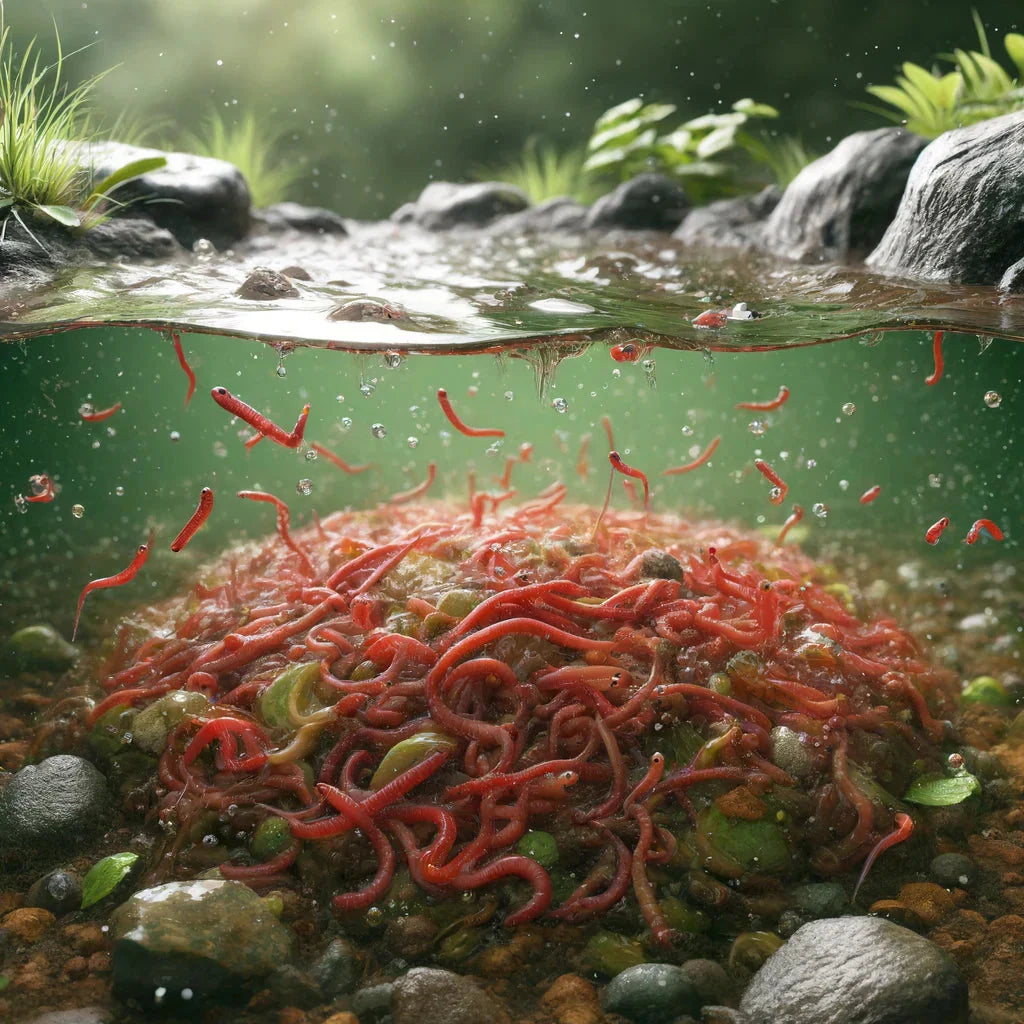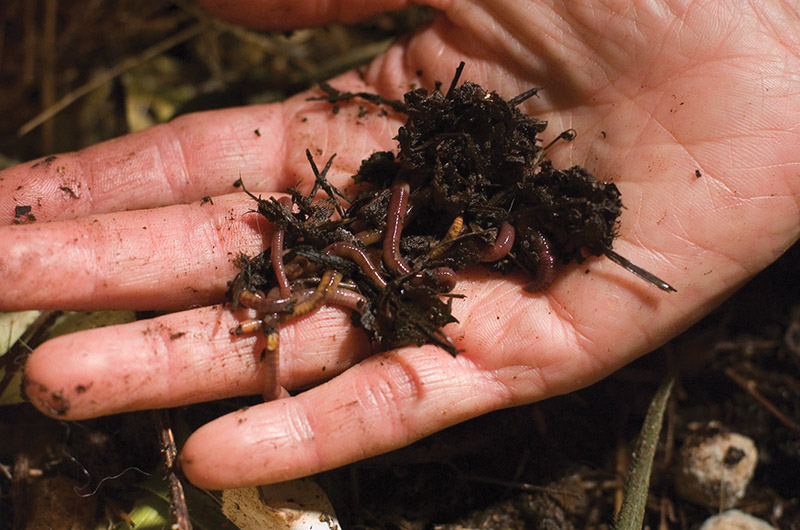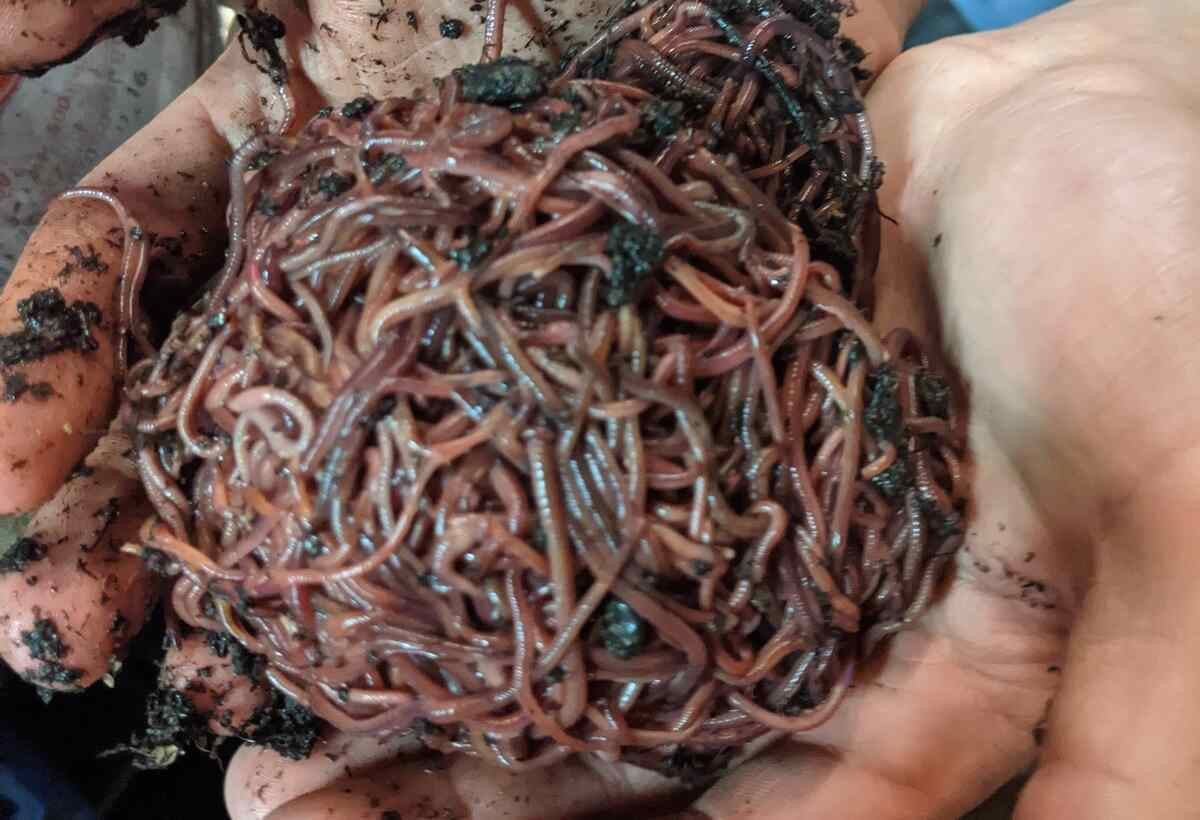Composting-ready red wigglers: For creating soil amendments
Composting-ready red wigglers: For creating soil amendments
Blog Article
The Function of Red Wigglers in Lasting Horticulture
The combination of red wigglers into lasting horticulture methods offers an engaging technique to improving soil wellness and lowering organic waste. These organisms not just convert kitchen scraps right into nutrient-dense garden compost with vermicomposting but additionally aerate the dirt, promoting optimal problems for plant growth. As they damage down facility organic materials, they proactively promote a flourishing microbial ecosystem essential for lasting agriculture. Nonetheless, the effects of using red wigglers expand beyond plain composting; their function in forming a much more lasting future warrants a much deeper exploration of their benefits and functional applications.
Comprehending Red Wigglers
Red wigglers, clinically referred to as Eisenia fetida, are a varieties of earthworm renowned for their function in sustainable gardening and composting methods - red wigglers. These worms grow in decomposing organic matter, making them specifically reliable in converting kitchen scraps and yard waste right into nutrient-rich compost. Unlike conventional earthworms, red wigglers have a greater resistance for differing dampness degrees and can flourish in settings with abundant organic material
(red worms for composting)Characteristically, red wigglers are smaller sized than their earthworm counterparts, usually determining between 3 to 4 inches in size. They have a reddish-brown coloration and have a fractional body structure that assists in their burrowing and feeding activities. These microorganisms are hermaphroditic, indicating each individual has both male and female reproductive organs, which permits reliable population development under optimal problems.
The habitat choices of red wigglers consist of damp, dark environments rich in natural material, such as garden compost containers or worm farms. Their eco-friendly function expands beyond composting; they are indispensable in aerating the soil and assisting in nutrient cycling, which inevitably contributes to much healthier yard environments. red wigglers. Understanding the biology and habits of red wigglers is essential for those looking for to implement efficient vermicomposting in lasting horticulture
Benefits of Vermicomposting
Vermicomposting offers countless advantages that improve lasting gardening methods and add to environmental health and wellness. Among the key benefits is the change of natural waste right into nutrient-rich garden compost, which improves soil framework and fertility. The spreadings generated by red wigglers are packed with useful microbes and essential nutrients, making them an excellent natural fertilizer.
Furthermore, vermicomposting dramatically reduces landfill waste. By diverting kitchen area scraps and lawn waste from garbage dumps, this technique not just minimizes methane emissions-- a potent greenhouse gas-- but also promotes a circular economic climate, where waste is repurposed as a resource.
One more advantage is the enhancement of soil aeration and drainage (red wigglers). The burrowing activity of red wigglers creates networks in the dirt, enabling air and water to permeate even more quickly, thus promoting a healthier root system for plants
Furthermore, vermicomposting can be done on a small scale, making it accessible for urban garden enthusiasts and those with minimal room. This approach encourages environmental stewardship and recognition, as people end up being a lot more engaged with their waste management practices. Inevitably, vermicomposting stands for a sustainable, reliable, and environmentally friendly technique to gardening that benefits both plants and the planet.
Just How to Begin Vermicomposting
Beginning your very own vermicomposting system can be a gratifying endeavor that enhances your lasting gardening practices. To start, choose an ideal container, such as a plastic container or wooden box, with good water drainage and ventilation. The size will certainly depend on the quantity of kitchen area scraps you generate; a container of 10-14 gallons typically is sufficient for a home.
Following, prepare the bed linen material. Shredded paper, cardboard, and coconut coir are outstanding alternatives, supplying a comfortable environment for the red wigglers. Go for a bedding deepness of about 4-6 inches, which need to be damp yet not soggy.
As soon as the bed linen is established, introduce your worms. Red wigglers (Eisenia fetida) are one of the most appropriate for composting. Beginning with around one extra pound of worms for each 2-3 extra pounds of kitchen scraps weekly.
Begin including kitchen waste, preventing meat, milk, and oily foods, as these can draw in parasites and produce smells. Routinely check the bin's wetness degrees and temperature, guaranteeing it continues to be within the optimal array for worm activity. With these preliminary steps, you'll be well on your means to creating nutrient-rich compost for your yard.
Keeping a Healthy Worm Bin
A prospering worm container requires constant treatment and focus to maintain an optimal atmosphere for the red wigglers. Trick variables to keep track of include dampness degrees, temperature level, and food supply. Maintaining a dampness degree comparable to a wrung-out sponge is crucial; excessive water can cause anaerobic conditions, while inadequate can dry out the worms.
Temperature level is additionally critical, as red wigglers flourish in a variety of 55 to 77 levels Fahrenheit. Severe temperature levels can worry the worms, possibly bring about death. Placing the bin in a climate-controlled area or making use of shielding products can aid manage temperature level changes.

Lastly, oygenation is important. Routinely transforming the bed linen and using a fork or shovel can protect against compaction and advertise airflow, making certain a healthy, thriving atmosphere for the red wigglers. By adhering to these methods, gardeners can preserve a productive worm container that supports lasting gardening initiatives.
Effect On Dirt Health
Enhancing dirt health via making use of red wigglers is a basic element of lasting gardening. These worms, recognized clinically as Eisenia fetida, play a crucial role in boosting soil structure and fertility. By eating organic issue, red wigglers damage down click to investigate complex products right into simpler substances, a procedure recognized as vermicomposting. The end product, worm spreadings, is abundant in vital nutrients, consisting of nitrogen, phosphorus, and potassium, which are vital for plant growth.

(Lenoir Worm Farms)Researches have shown that dirts improved with worm castings display boosted microbial task and improved fertility, resulting in higher plant returns. By including red wigglers into horticulture practices, gardeners not only improve their soil however also add to a much more sustainable farming system, highlighting the interconnectedness of soil health and wellness and environmental stewardship.

Conclusion
Finally, red wigglers substantially contribute to sustainable gardening via their reliable vermicomposting techniques. Their capacity to transform organic waste into nutrient-rich compost enhances dirt fertility and sustains a varied microbial environment. Their burrowing activity improves dirt oygenation and water retention, benefiting plant health. By advertising waste decrease and cultivating a round economic situation, red wigglers arise as vital components in eco-friendly horticulture efforts, underscoring their vital duty in environmental sustainability.
Report this page